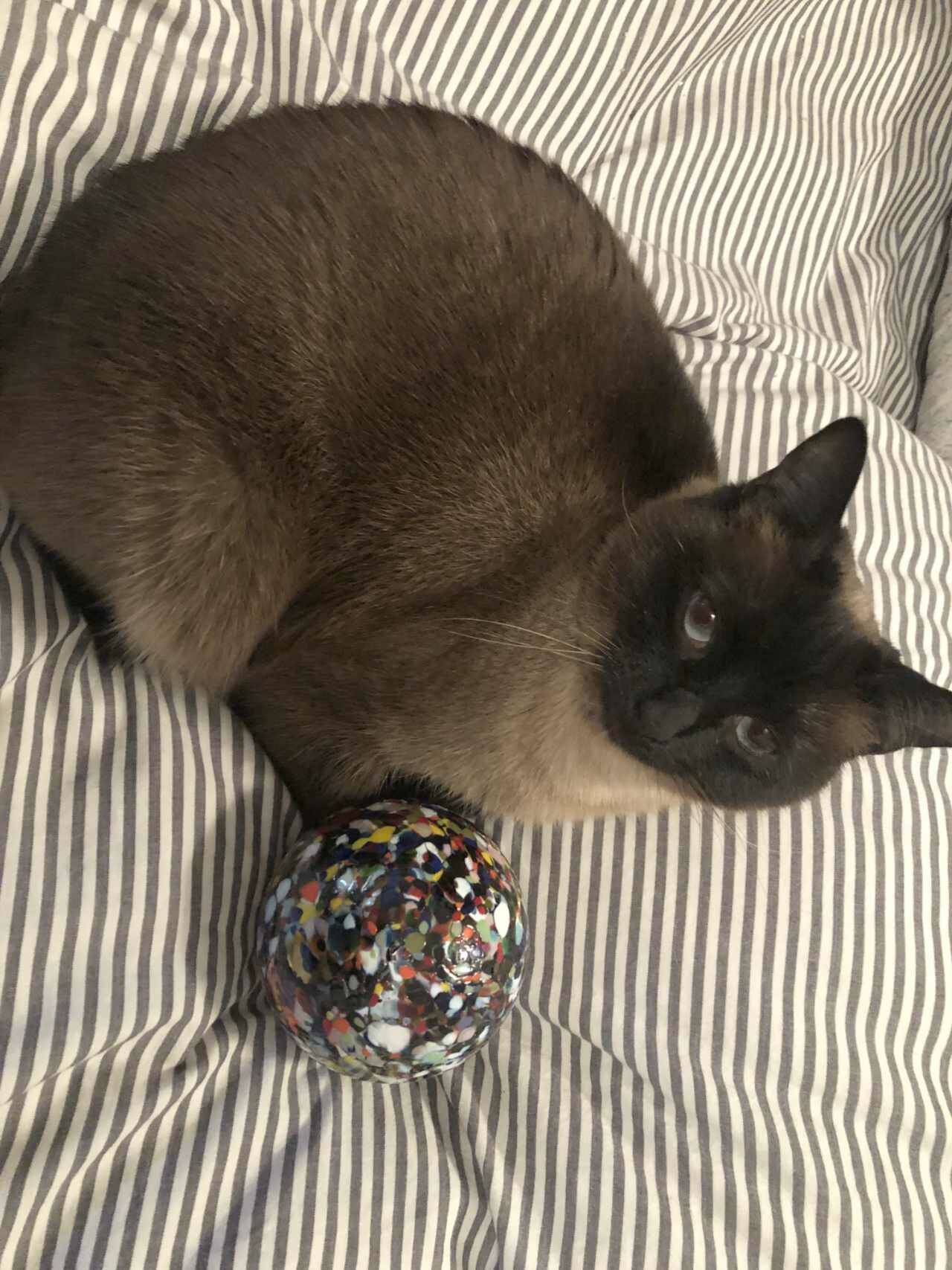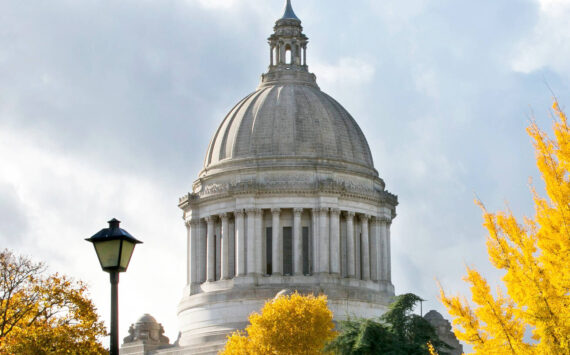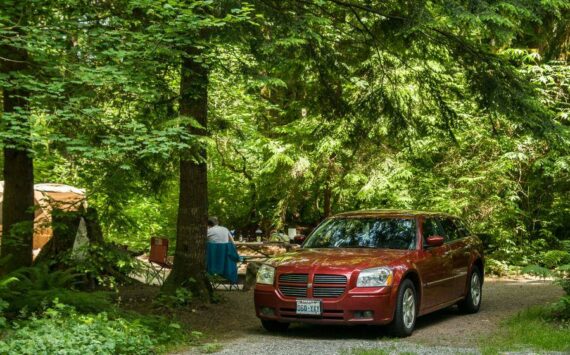It’s the season for taking a closer look around your average daily routine as you pass through or experience Tacoma.
The lunar year is being celebrated around the word — and Tacoma, for a variety of reasons, takes note of the new year its own way.
Enter The Monkeyshines Project…
What’s a Monkeyshine?
Unlike New Year’s Eve, which falls on December 31st each year, the New Year’s Eve is a floating holiday based on, yes, the cycles of the moon.
To put it simply, this is a vastly more historic way of keeping time, still being used around much of the world — especially the non-European areas.
On the Gregorian calendar (January 1st to December 31), Lunar New Year generally begins during the last ten days of January or the first ten days of February.
And unlike New Year’s Eve, Lunar New Year stretches over more than one day.
The number of days of celebration varies depending on the country and culture.
This year, in 2024, Lunar New Year started Saturday, Feb. 10 and ends Saturday, Feb. 24.
Many cultures have a theme or focus on each day of the 15 day cycle. You can see an exploration of the traditional themes here – https://www.nypl.org/blog/2021/02/11/15-days-lunar-new-year.
The lunar year that has just begun is the Year of the Dragon.
Throughout Chinese history, the dragon has represented good luck, justice, prosperity and strength.
People born in the year of the dragon are seen as charismatic, intelligent, confident, powerful, naturally lucky and gifted.
The year of the dragon is, in many Asian cultures, the year many choose to have children.
Many key figures in Chinese history and politics were dragon-year born.
The lunar new year, especially one as promising as the year of the dragon is celebrated around the world — and, of course — here.
And as many of us know, Tacoma has its own way of celebrating.
Seek and you may find
There are who are dedicated to finding, or at least searching, for each year’s character themed orb or creation.
And then there are those who just stumble upon them — as I tend to do.
I find one about every other year — usually without even considering what might be out there.
Like the Monkeyshines experience, Tacoma tends to have jewels tucked away amongst the clutter.
I was out of town for a few days recently, and as I was welcomed back into Tacoma (via bus 574), I was struck by Tacoma’s scruffy glory. But unlike many who pass through, I knew that there was far more than what meets the eye.
Tacoma, unlike many cities with glamourous skylines, seems to lack what might be called the urban version of “curb appeal”.
At first glance, Tacoma doesn’t seem to have much to offer, but, in many ways, like Monkeyshines (among many other, subtle and nuanced attractions), once you take a closer look, treasures are to be found in the most unlikely places.
Maybe that’s one of the sub-themes of Monkeyshines — take a closer look at the world, neighborhood, or daily routine; you never know what kind of miracle/jewel/surprise you just might encounter.
Serendipity rules
There are few rules to finding Monkeyshines.
The ruling principle is that they are out there.
You can’t buy them, and they, perhaps like much in life, are as much about the search as about the object in hand.
The few rules fall under the umbrella of the universal laws of being a decent person and contributing member of a community — and of the creative process that, like Monkeyshines, simmers below the not-always-attractive surface.
If you find one — be sure to celebrate and treasure it. If you find more than one, be a good Monkeyshines dance partner and put one back “in the wild” preferably somewhere unexpected, where someone is even less likely to consider a mundane setting as a home for something positive.
A few thousand are put out each year, and many searchers have never found one, while others find them without seriously looking. That, perhaps, is the essence of chance and serendipitous wonder that makes The Monkeyshines Project so representative of Tacoma.
Each year has its own theme and mascot, and presumably, its own character.
Here is a listing of the creatures said to represent each year;
■ Rat: Quick-witted, resourceful, and adaptable.
■ Ox (or Buffalo): Diligent, dependable, and strong.
■ Tiger: Brave, competitive, and confident.
■ Rabbit (or Hare): Gentle, elegant, and lucky.
■ Dragon: Energetic, charismatic, and ambitious.
■ Snake: Wise, intuitive, and mysterious.
■ Horse: Energetic, independent, and warm-hearted.
■ Goat (or Sheep): Calm, gentle, and creative.
■ Monkey: Clever, curious, and playful.
■ Rooster (or Chicken): Practical, honest, and observant.
■ Dog: Loyal, faithful, and protective.
■ Pig (or Boar): Compassionate, generous, and diligent.
We are just leaving the year of the rabbit. Rabbits are, of course, fluffy, unobtrusive and, are known to be symbols of luck.
And we are just entering the year of the dragon. The dragon is, presumably, the only non-literal (aka, fictional) animal of the lunar zodiac — and is the most unpredictable, volatile and, potentially at least, the most productive — or destructive -icon for the year.
I don’t know about anyone else, but for the year of the dragon to fall in a US presidential election is more than a little unnerving — and of course, whoever takes office will do so in the year of the snake — a zodiac character known for its wisdom and intuitive sense. We shall see.
In short, the Monkeyshines project is Tacoma’s contribution to a community (and off-center economy) of creation, gifting and discovery.
A few other cities and communities have developed similar programs, but like many great (and often unheralded) visions and developments, don’t forget that it started in Tacoma.






